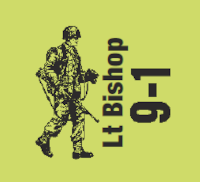
I have been playing more ASL recently. Many of my games have featured Americans on attack and defense. Playing and watching others play the Americans is a curious thing for me. I find the Americans the most fascinating nation to play in ASL. The dichotomy between overwhelming firepower backed by mediocre morale makes them challenging to play.
In this article I will address the strengths and weaknesses of the American Army. I will address the things that make playing the Americans unique and how these features should drive decision making on the attack and in defense.
I will not talk about the USMC. They enjoy all the benefits of American firepower backed by high morale and tactical flexibility. They are a separate animal altogether and I find them less challenging to use.
I am also not speaking about Korean War Americans. Perhaps I will cover them in a future article.
The Bad
Perhaps the most focused aspect of playing the Americans is their low morale. First line units have a morale of six. Elite units have a morale of seven. That six morale is the same as Russian Conscripts and Italian first line units. The comparatively bad morale doesn’t end there. Per D5.1, vehicular crew morale is based on the morale of the Nation’s best Infantry, with AFV manned by crews having morale equivalent to that nation’s unbroken Elite Infantry unit. Thus it is never a bad idea to shoot at a CE American AFV.

American AFV also use Red TH numbers when firing ordnance prior to 1944. Therefore is is harder to hit at ranges beyond 6 hexes. Coupling these Red TH numbers with weakly armored AFV with poor penetration and handling early war American AFV can be challenging.
Perhaps the most egregious thing, at least, is American squads rarely have Spraying Fire. Spraying Fire allows MG to hit more than one hex. Much of an American squad’s firepower is an abstraction of the Browning Automatic Rifle (BAR) .30 caliber light machine gun. Every American squad carries two of these weapons. Regardless of that, they still have no Spraying Fire. What makes this sadder is a 1945 Volksturm Conscript German squad DOES have Spraying Fire. This makes no sense to me.
What Does This Mean?
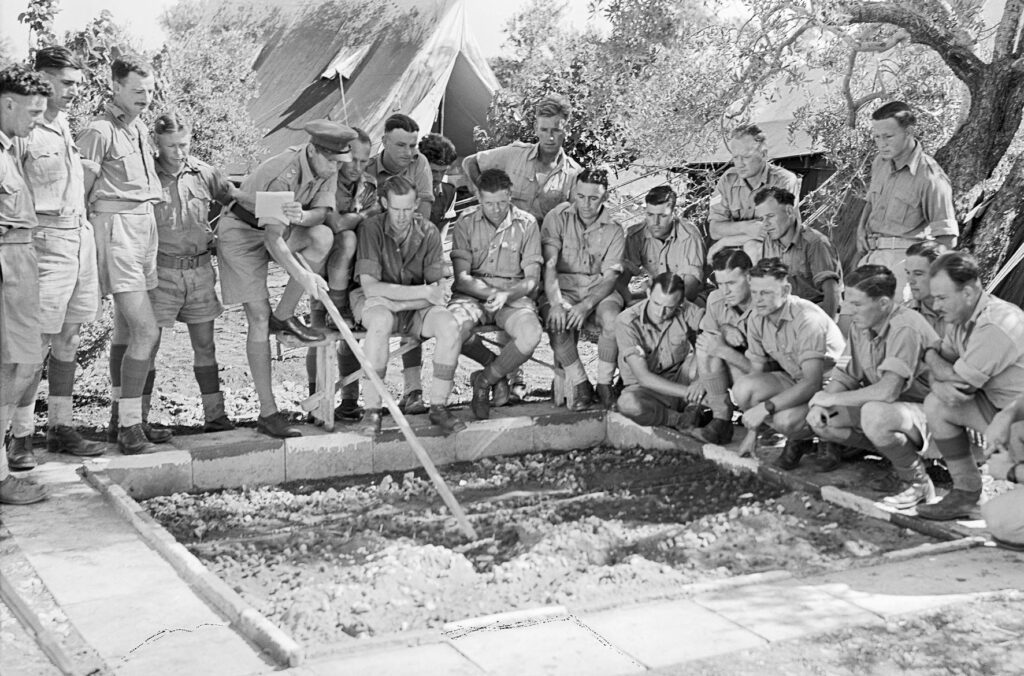
American units break relatively easy. They also ELR to lesser quality on relatively lower DR. An American unit taking a 2MC with an ELR of 3 will quality reduce on an Original DR 8. This means you should count on your OB being populated with 2nd and Green units by game end.
Red To Hit numbers force your AFV to engage at a much closer range than you would like to. The drop off in To Hit chances past range 6 become crippling, particularly on attack where you aren’t likely to stack acquisitions. Hitting units in high TEM terrain is tough. Low American crew morale makes running around CE particularly risky too. Add in low caliber main armaments and weak armor and early war American AFV seem lackluster. They do have plenty of machine guns though.
The Good
Broken-side American morale is great. It is on par with other elite units in the game. They may break easily but they rally back into the fight easily. This allows the Americans to sustain an attack as well as most elite units in the game. American attacks will come more in waves instead of the tsunami elite units bring.
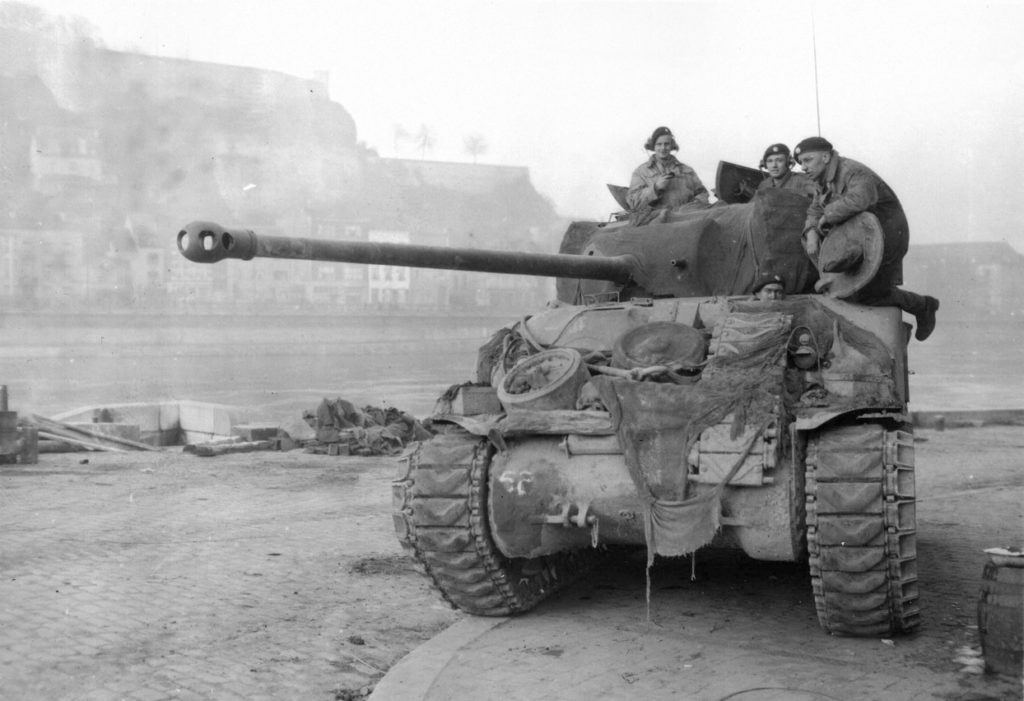
American units have big firepower and come with a lot of toys. You can generally expect an American unit to have one IFT column on you. They will attack on the same column in AFPh given the prevalence of Assault Fire.
American units have a lot of toys. Medium and heavy MG, Demo Charges, flame throwers, OBA, and many other tools supplement American firepower. This allows Americans to set up kill stacks to support an attack. On defense, MG allows the Americans to create channels, funneling attackers into a kill zone. Woe betide anyone falling into an American kill zone, especially if they have OBA.
Leadership
American forces usually have a lot of leaders. These leaders are -1 and 0 leaders, but there are usually lots of them. This gives American units a lot of mobility on the attack should they choose. Leaders usually direct MG fire negating worries of cowering. Consequently, there is usually a leader around to help rally broken units or fulfill any of the leadership roles in ASL.
SMOKE

American units have a 3 smoke exponent. Guns and AFV almost always have Smoke, White Phosphorus (WP), or both. American AFV usually have some forms of Smoke Dispenser. Americans always have Smoke available to them. Even WP grenades if late enough in the war. American forces should almost always have SMOKE on the board somewhere protecting their units.
AFV
There are usually plenty of AFV around and American AFV have a lot of capabilities, even early in the war. SMOKE, Smoke Dispensers, and plenty of machine guns make American AFV very potent Infantry support platforms. Later in the war, American main armaments become more potent allowing them to better challenge enemy AFV.
What Does It Mean During Play
Breaking And Rallying
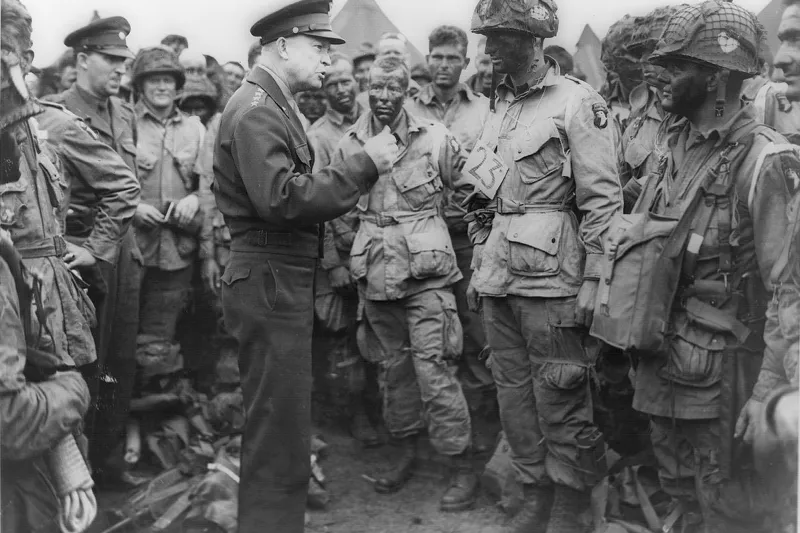
You can count on American units breaking. They will break on offense. They will break on defense. With a morale of 6, even a Normal Morale Check is an adventure. With such a low morale, even a decent ELR will see your units subsequently downgraded with some regularity. A low ELR and a 2+ MC is a recipe for Unit Substitution.
Low morale will force you to consider how to rally all these broken units. This means moving leaders last on the attack and making sure you know how your units are going to rout. A leader moving after all the other units have moved will be able to “see” where all his broken units are going to rout to. Knowing this, the leader should be able to move safely to that Location to rally those units in the upcoming RPh. On defense, place a leader out of the line to allow units a chance to rally without being put under DM again.
Leadership

The wealth of leaders will allow you to use leaders in many roles. High morale leaders with good morale check modifiers can help “steady” low morale American units. “Steady” here means to reduce their chances to break. A 9 -2 increases a 6 morale to passing more than breaking on a NMC. This can make strong points stouter in defense. A leader breaking while steadying a position can be the downfall of that position unless you get pretty lucky.
Having a lot of leaders can increase Infantry mobility. A leader stacked with a unit gives those units two extra MF allowing them to get forward more quickly. When every unit in your OB has a leader to stack with, getting forward is not a problem. If a defender cannot recognize this added mobility, you can unhinge a forward defense by slipping through the line and interfering with his withdrawal.
It is worth using a -2 leader as a rally machine, especially on the attack. Don’t under estimate the power of recycling units back into the attack.
AFV Play
In a previous article, I discussed the roles of AFV as I see them. It is even more important to think about these when playing as the Americans. There can be a lot of AFV in American OB. The more there is, the more work the scenario designer expects your AFV to do. This places a premium on planning and execution.
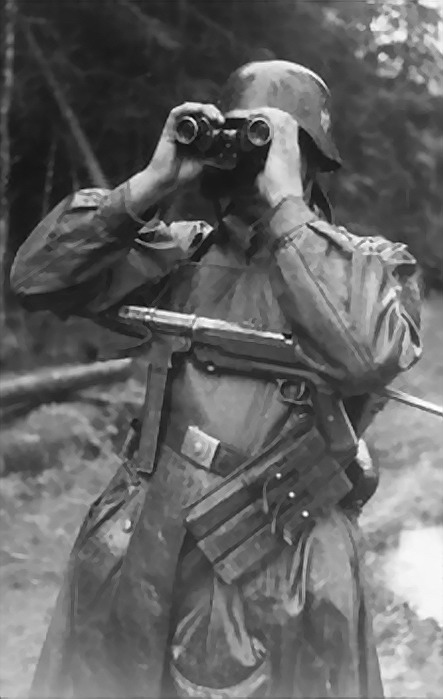
American AFV are underpowered in early war scenarios. Their MA is underpowered and cannot threaten enemy peers. With a basic TK of 14, an American Sherman will find Pz MkIV’s hard to eliminate frontally. The same for a StuG III. Fortunately Shermans are very mobile. To challenge either, a Sherman must maneuver for a side or rear shot. Against a Panther, it has no hope frontally except for some luck using Area Target Type, Deliberate Immobilization, or a Critical Hit. Again, maneuvering for a side or rear shot is a must. By necessity, early war American armor will be very mobile and opportunistic when confronting enemy armor.
As the war progresses, American armor becomes more capable. The MA can threaten enemy armor frontally. Special ammo becomes more readily available. Mobility increases. Armor increases. American armor never approaches the level of a Panther until very late in the war. Mid-war American armor is easily a match for a MkIV and has more capabilities than its German counterpart. You will take losses facing a MkIV/StuG frontally, but you can also expect to inflict damage. Americans will still need to be cagey and opportunistic against the likes of a Panther. Maneuverability is the key here.
After introducing the 90L, American late ware armor is very capable. Sadly, it is not available until very late in the war so don’t expect to see much of it.
Battlefield Taxis
America used half tracks in abundance. Use these vehicles to shepherd your troops forward while being immune to IFT attacks. Remember, Passengers, halftracks, and ground units in the same hex can form a firegroup. This also applies to multi-Locational fire groups. A platoon of 6-6-6 in three half tracks can form a multi-Locational fire group and attack on the 16 column of the IFT. A 9 -2/6-6-6 in a halftrack with a stack of 6-6-6 moving can be frightening in the attack. The 9 -2’s leadership can apply to both the units on the ground and those in the halftrack.
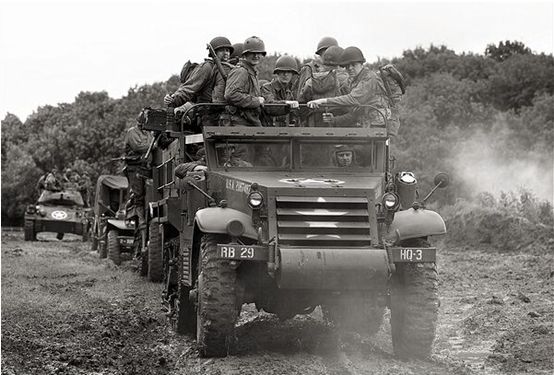
Any AFV can use Armored Assault. Any AFV can place vehicular Smoke grenade. AFV which haven’t moved serve as a hindrance to fire traced through their Location. Use these properties to provide cover for your assaulting units. You should consider the sequence you move your units in. Moving an AFV now could remove a valuable +1 hindrance. Moving an AFV later may miss an opportunity to place SMOKE for a +2 DRM. Movement that allows the enemy to place a fire lane without worrying about cowering can severely restrict your movement later. Each +1 DRM is meaningful when your base unit has 6 morale. Give careful thought to how you move. Sequence matters.
Toys
American units bring a lot of gear to the war. All of this gear makes American units very fearsome on the IFT table. Americans will attack one column to the right of your attack. They have good range, assault fire, bazookas, OBA and a lot of AFV. None of this will change their mediocre to poor morale though.
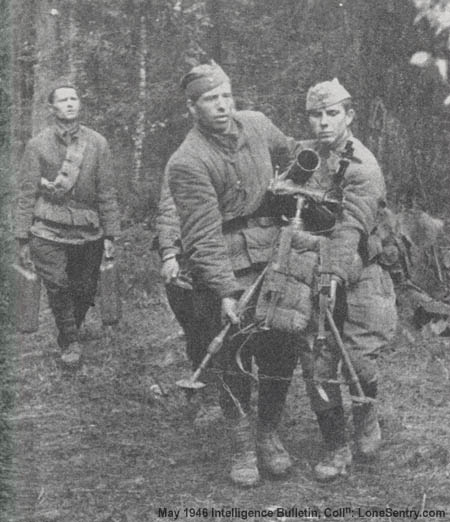
On the attack, American units should prefer to move over shooting. Their assault fire capability makes them just as potent as their adversary in AFPh. Multi-Location fire groups can attack on large IFT columns. Large firepower “kill stacks” should suppress enemy positions. Squads should use Infantry Smoke to cover movement where possible. Careful consideration for routing must certainly be part of any attack. One of those abundant leaders has to move into position to rally up all the inevitably broken troops. Use vehicles and SW to limit the enemy’s ability to reinforce the point of attack.
In defense, Americans need to use their firepower to minimize the effect of their questionable morale. Broken units cannot fire back. Place A-T assets to protect your important strong points. Use firepower and fire lanes to force the attacker into channels. Cover important approaches with firepower. Make the enemy pay for every hex forward he moves. Then use all that Smoke to fall back to a second line and do it all over again.
Conclusion

I have been struggling with this article for many weeks. This all feels like a simple restatement of my Planning In ASL article. I think there is some merit in restating this. If not for you, then for me. Repetition is one of the best ways for me to learn. That is why recording a rule or outcome after a game has such a powerful impact on my learning. Doing so serves to sear the lesson into my brain.
Maybe that is one of the best things that comes from my blog. I get to share my thoughts with you which I hope is helpful. But it also forces me to consider what I am saying and what it all means in context. Since I began this blog, my play has sharpened some. My planning and execution are better. I still struggle from time to time, but I believe my overall level of play has improved. I am deliberately applying what used to be subconscious thoughts for me. This makes me a tougher out in a tournament setting. I also find my personal morale has hardened some as I have focused on proper play and not outcomes. Players can’t control the outcome, all we can do is make proper decisions and let the dice do the rest. I still hate dice but at least I can acknowledge good play.
As I write this, we are two weeks from Christmas and in the middle of Hanukkah. I hope everyone has a happy holiday season and a prosperous new year. May all your rolls be low unless you are playing me.


Another great article, Jim. I struggle when playing the US. This article will help.
That said, nothing more fearsome in ASL than facing a Hands Across America Firegroup!
Hands Across America FG. First, I have to borrow that the next time I play. Second, LOL. — jim
“Hands Across America”! Nice. I call them Gang Green.
very nice article. For a true challenge, try the dichotomy between puny firepower backed by mediocre morale… i.e. the ASL italians.
Really liked your article, Jim.
Like others, I like the challenge (and frustration) of playing
the US. To me, the Italians are a greater challenge: All of
the cons of the US, with none of the advantages.
Once, in an effort to remember to place more smoke, I vowed
that, at the end of a unit’s MPh, I would attempt smoke in my own
location if I had 1MF left. It didn’t help too much, and hurt me a
bit, but now I almost never forget to try for smoke.
Keep up the great work!
Another great article, thanks Jim.
Worth mentioning perhaps that without armor or AT Gun support, US infantry is relatively weak against enemy AFVs. Bazookas are inferior to German Panzerfausts & Panzerschrecks, and are very risky to fire from buildings given the Americans’ low morale. No ATMMs, and no PIATs (which the Brits can fire without fear of backblast). And the higher American FP strength is no help in CC vs an AFV; they’re no better than other nations’ squads even if they pass their PAATC. So a lone US squad could find itself staring down the barrel of an adjacent German AFV with little it can do to defend itself, other than retreat.
Thanks for your thoughts on the Americans in ASL. I really enjoy playing them and can relate to your experiences. I’m also taking on board some ideas on how I can utilise the qualities of my Amis even better.
This was really helpful, especially in getting my mind in the right place. I do like playing the Amis, but I have the worst track record with them. I think making some small adjustments with these concepts in mind will definitely help!
Over recent years I have found a few volunteers to play the longer 8+ turn games and that is when the morale for the US counters becomes more apparent. They can come back again and again. Modern six turn scenarios lose this. True, they have other fascinations, but diverse nationalities become less apparent in the shorter games. Russians are less Russian when they are given more leaders just to make the shorter scenarios playable. Americans also are less American when they only get too use that higher rally number once.
My Americans break turn over turn, especially on the attack 🙂 Of course, I am stupid aggressive.
That’s my problem, too!
Great article, Jim. As an Army guy with Marine friends, it can be hard to read what you wrote about the USMC. LOL